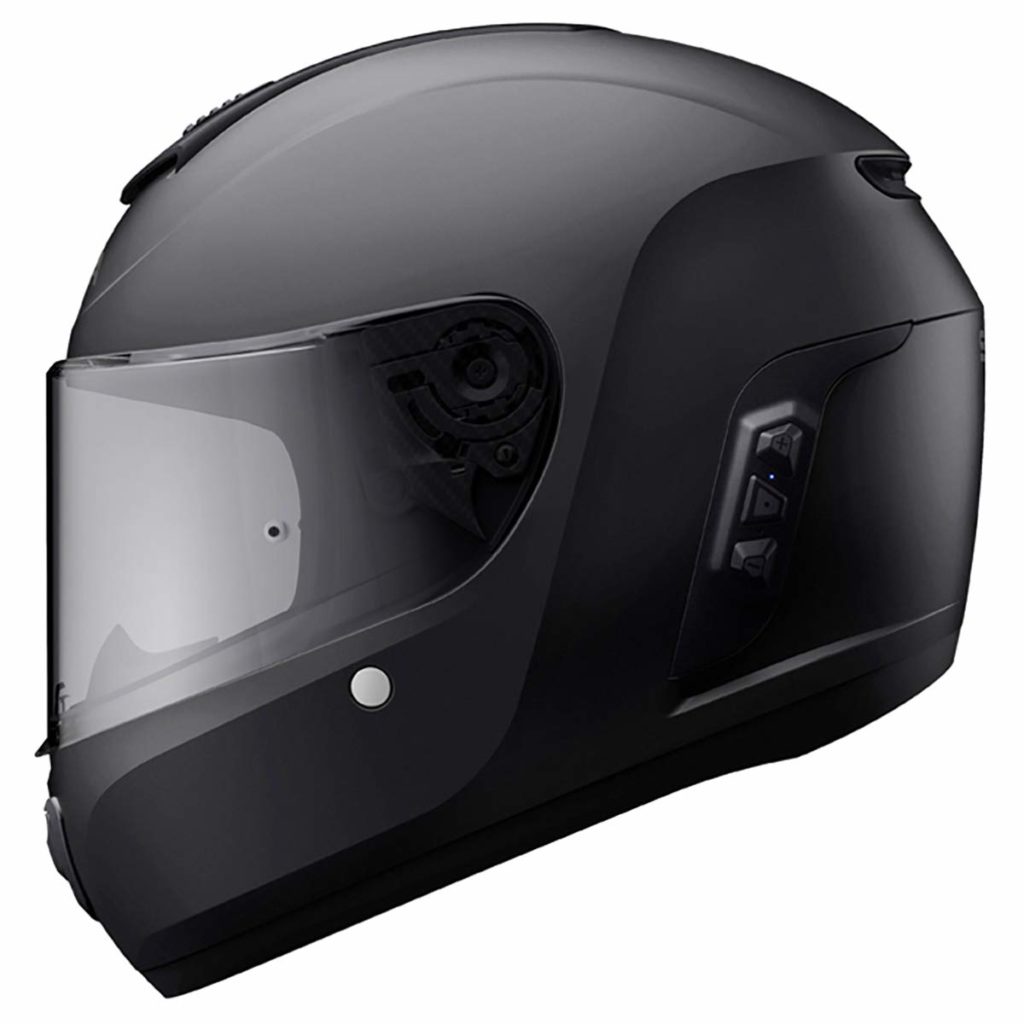Most bikers ride to feel free, but it can also be convenient to have a Bluetooth receiver in your helmet so you can make calls, hear directions, or listen to music while you ride. There are helmets with Bluetooth receivers built right in, but there are other options as well. Having the receiver built into the helmet is expensive; sometimes even more expensive than a different helmet and Bluetooth receiver separately. Besides, what if you like your current motorcycle helmet and do not want to buy a new one? It is possible to convert any helmet into a Bluetooth compatible helmet. There are kits to help you with this job, but they are not necessary if you would like to do the job yourself. You should feel confident modifying your motorcycle gear to suit your needs, even if it is just your casual wear.
The Basics
To convert a helmet into a Bluetooth compatible helmet, whether you are using a kit or doing it yourself, there are five components you need to be aware of:
- The Receiver
- The Speakers
- The Wires
- The Microphone
- The Charging Port
The job really is as easy as fitting all of these components into the helmet in the right configuration. The tricky part is figuring out the most convenient, comfortable, and secure layout. If you are not using a kit, you should consider how you will secure the components to keep them from moving. A great option is to use an adhesive hook-and-loop fastener strip (You probably know it as “Velcro”). Before you get started, check out motorcycle riding gear online for parts that may help.
The Project
First, identify where the receiver and speakers will go. The receiver needs to be accessible so you can push the buttons on it and control the volume. Conversion kits usually clip it to the outside of the helmet, but you should only do that if you are completely confident in the strength of the clip. A great spot for the receiver is in the chin area because it is accessible and roomy. The lining of most helmets can be removed without any trouble, so try to put as many components under the lining as you can. In particular, the wires should always be run under the lining. Attach the speaker or speaker to the sides near your ears.
If you have a 3/4 helmet, the microphone can be attached to the outside of the helmet. If you have a full-face helmet, it should go inside instead. Finally, you need to be sure that the charging port is accessible. Otherwise, you will only be able to use your Bluetooth device until the receiver runs out of batteries the first time. Remember, you can find motorcycle helmets online that are perfect for this job.
Safety Reminders
Your Bluetooth compatible helmet should never interfere with your safety. You need to be able to hear the sounds of the road to navigate safely. You should never have a headset or earphones or anything that covers your ears. You should also be sure you can operate the receiver quickly and easily while riding. Finally, keep all distractions while riding to a minimum.
Join the discussion on this topic with Tasty Book Tours by visiting our contact page.

Leave a Reply